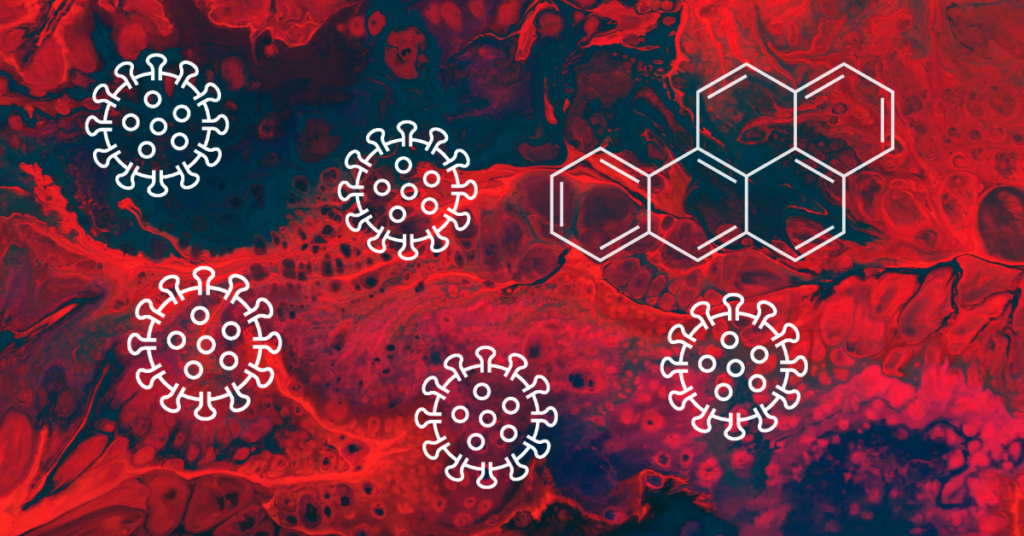Mechanisms of Cardiovascular Disease and Toxicity
Case Study Overview
Cardiovascular toxicities (CV) are adverse drug reactions (ADRs) that affect the heart and vascular system. These toxicities present as high blood pressure, cardiac arrhythmias, heart attacks and strokes. Cardiovascular system toxicities result from injury to heart tissue, damage to blood vessels or disruption to the coagulation system. Because of diverse mechanisms, predicting drug-induced CV toxicity has remained elusive.
Human cell-based assays have been developed to screen drugs and chemicals for their potential to be toxic to the heart or circulatory system. To fully capture CV toxicity hazard, integration of results from multiple assays that detect different mechanisms will be required. Assays that may be useful include those that assess mechanisms associated with thrombosis-related side effects, vascular toxicity relevant to atherosclerosis and cardiomyocyte health and function.
We are working on standardized methods for integrating results from diverse assays and display through interactive visualizations. Such tools will help researchers learn how best to apply these platforms and incorporate results into decision-making.
See our case study on kinase inhibitors tested in phenotypic assays for different cardiovascular toxicity mechanisms: Diverse Mechanisms of Cardiovascular Toxicity.
Tableau Dashboard
Explore the Data
Not displaying correctly? See this dashboard on Tableau Public by clicking here. Please note that some dashboards are quite large and may not display completely on your device.




